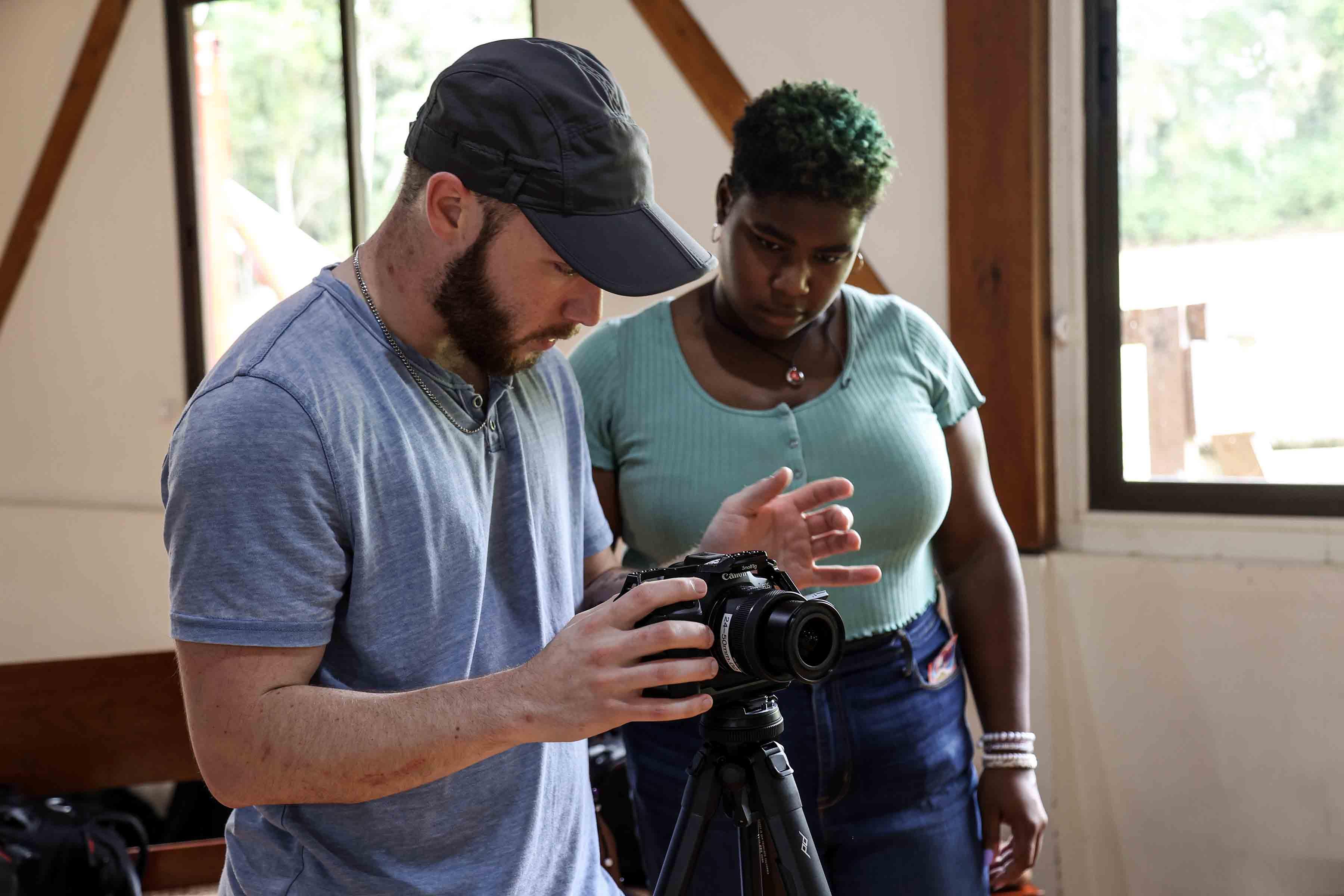Documentaries have long been heralded as a powerful medium for educating and informing the public, often shedding light on complex issues through compelling storytelling. However, the inherent nature of filmmaking raises questions about the selectivity of facts presented. Are documentaries, by virtue of their narrative constraints, overly selective in the facts they choose to highlight, potentially skewing audience perception? This article delves into the intricacies of documentary filmmaking, examining the balance between factual representation and narrative coherence, and exploring whether this selectivity undermines or enhances their role as purveyors of truth. Through a critical analysis, we aim to uncover the implications of this selectivity on public understanding and discourse. Documentary Filmmaking and the Art of Selective Storytelling”>
Documentary Filmmaking and the Art of Selective Storytelling”>
Documentary Filmmaking and the Art of Selective Storytelling
Documentary filmmaking often involves a meticulous process of selective storytelling, where filmmakers choose specific narratives to convey their message effectively. This selection process raises questions about the inherent biases that might shape the viewer’s perception. Filmmakers must sift through hours of footage, interviews, and archival materials, making decisions on what to include or exclude. This can lead to a narrative that, while compelling, might not present a complete picture of the subject matter. As a result, viewers are left to wonder how much of what they see is a reflection of reality versus a crafted story.
- Editing Choices: The editing room is where the magic—or manipulation—happens. Decisions made here can highlight certain perspectives while downplaying others.
- Interview Selection: Whose voices are heard and whose are omitted? This choice can significantly influence the narrative’s direction.
- Archival Footage: The inclusion or exclusion of historical footage can shape the viewer’s understanding of events.
These elements underscore the delicate balance filmmakers must maintain between storytelling and factual accuracy. The art lies in crafting a narrative that is both engaging and truthful, a challenge that every documentary faces in its quest to inform and captivate.

Analyzing the Impact of Omission on Viewer Perception
Documentaries hold a unique position in media, often seen as purveyors of truth. However, the selective presentation of facts can significantly shape viewer perception. When key details are omitted, the narrative can become skewed, leading audiences to form opinions based on incomplete information. This practice raises critical questions about the ethical responsibilities of filmmakers in their portrayal of reality.
Several factors contribute to the impact of omission:
- Intentional Bias: Filmmakers may consciously leave out facts that contradict their intended message, leading to a one-sided portrayal.
- Time Constraints: Limited runtime often necessitates the exclusion of certain details, potentially leaving out essential context.
- Narrative Flow: To maintain engagement, creators might prioritize storytelling over comprehensive coverage.
Understanding these elements helps viewers critically evaluate documentaries, recognizing them as curated interpretations rather than absolute truths.
Balancing Artistic Vision with Factual Integrity
In the world of documentary filmmaking, creators often face the challenging task of maintaining a delicate balance between artistic expression and factual integrity. This balance can sometimes be compromised when filmmakers, driven by the need to craft a compelling narrative, selectively present facts. While this approach can enhance storytelling, it also raises ethical questions about accuracy and truthfulness. The creative process involves decisions that might emphasize certain aspects of a story while downplaying others, potentially leading to a skewed perspective.
Some of the key factors influencing this balance include:
- Storytelling Needs: The necessity to engage audiences may lead to the prioritization of dramatic elements over factual completeness.
- Time Constraints: Limited runtime often forces filmmakers to condense complex issues, which can result in oversimplification.
- Audience Expectations: Viewers may anticipate a particular narrative arc, influencing how facts are presented.
These considerations highlight the ongoing tension between artistic vision and factual integrity, prompting discussions about the responsibilities of documentary filmmakers in portraying truth.
 Transparency in Documentaries”>
Transparency in Documentaries”>
Recommendations for Enhancing Transparency in Documentaries
- Contextual Background: Providing a comprehensive background is essential. Filmmakers should include interviews with experts and diverse viewpoints, ensuring audiences understand the broader context surrounding the subject.
- Source Disclosure: Clearly identifying sources can build trust. Including a list of references or additional reading materials on the documentary’s website can allow viewers to explore further.
- Balanced Perspectives: Presenting multiple sides of an argument helps in offering a well-rounded narrative. This approach encourages viewers to form their own opinions rather than accepting a singular viewpoint.
- Fact-Checking: Collaborating with independent fact-checkers to verify information can enhance credibility. Displaying fact-checking processes or credentials within the documentary or accompanying materials adds a layer of transparency.
- Interactive Platforms: Utilizing digital platforms for viewer interaction can foster engagement and discussion. Implementing features like Q&A sessions or forums related to the documentary can facilitate a deeper understanding.
By adopting these strategies, documentaries can not only educate but also empower audiences, promoting a culture of informed and critical viewing.



